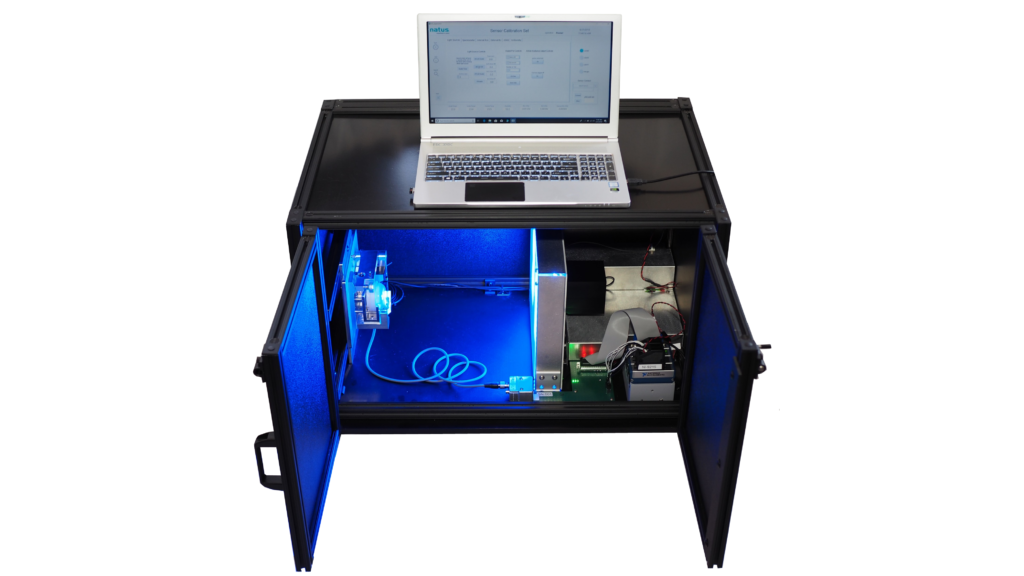Case Study: Natus Medical Inc.
Light Sensor Calibration System
Natus Phototherapy Light Systems are used to treat newborn jaundice using light in the 450-475nm spectrum. Specialized Phototherapy Sensors are used to calibrate these light systems and to ensure accurate and safe irradiance output levels. The Sensor Calibration System designed by Simplexity provides fully automated and NIST traceable calibration of Natus’ Phototherapy Sensors
SIMPLEXITY’S ROLE
- Simplexity did a complete re-design of the calibration system with added functionality and improved reliability and repeatability
- Replace NIST calibrated 1000W halogen bulb with longer lasting and more dependable NIST calibrated spectrometer.
- A light model was constructed to explore and optimize LED quantity and arrangement to meet required irradiance levels
- Designed custom LED PCB for three blue LED light sources - LED patterns and diffuser optimized for uniform spectral distribution
- Custom PCB for LED controllers and signal distribution between subsystems
- Entirely new mechanical design for sensor mounting and enclosures, reducing system footprint and increasing usability.
LIGHT SOURCE DESIGN AND ANALYSIS
For updated new system architecture, a digital light model was constructed to explore and optimize LED quantity and arrangement. A three-color LED panel was designed to illuminate an 8 x 13 cm region with multiple wavelengths, meeting irradiance and uniformity requirements.
For the proposed architecture the light model was used to determine:
- Which brand/model number of LEDs should be used?
- What size LED panel is needed, and how many LEDs are required?
- What kind of diffuser, if any, should be used?
- What is the optimal pattern distribution of the LEDs?
- What is the optimal distance between the panel and the diffuser?
- What is the optimal distance between the diffuser and the target zone?
Design and fabrication was completed, and testing was performed to verify that the system met light output performance requirements.

